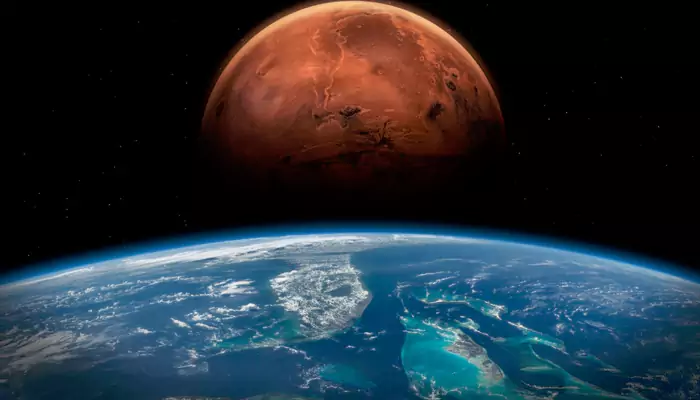
Explore how recent exoplanet discoveries are bringing us closer to finding another Earth and the challenges that lie ahead in this quest.
The search for exoplanets has captivated scientists and the general public alike. Since the first confirmed discovery of an exoplanet in 1992, astronomers have identified thousands of these distant worlds, with each discovery bringing us closer to answering one of humanity’s most thoughtful questions: Are we alone in the universe? The ultimate goal is to find a planet that could potentially support life, a "second Earth" that lies within the habitable zone of its star, where conditions might be just right for liquid water and, by extension, life as we know it. But are we truly close to finding another Earth?
The explosion of exoplanet discoveries
Over the past few decades, the field of exoplanet research has grown exponentially. Thanks to advanced technology and missions like NASA’s Kepler Space Telescope, launched in 2009, we’ve gone from knowing of only a few exoplanets to having a catalogue of over 5,000 confirmed planets. Kepler alone has identified more than 2,600 exoplanets, many of which reside in the so-called “habitable zone” of their stars—where temperatures might allow for the presence of liquid water.
The importance of the habitable zone
The concept of the habitable zone is central to the search for Earth-like exoplanets. Also known as the "Goldilocks zone," this is the region around a star where conditions are "just right" for liquid water to exist. Earth resides comfortably within the Sun’s habitable zone, which is why our planet has been able to sustain life for billions of years.
Technological advances and future missions
As our search for Earth-like exoplanets continues, new technologies and missions are set to play a crucial role. The James Webb Space Telescope (JWST), launched in December 2021, is one such tool. With its advanced capabilities, JWST is designed to observe the atmospheres of exoplanets in greater detail than ever before. It can detect the presence of molecules like water vapour, carbon dioxide, and methane—gases that could indicate the presence of life.

The challenges and the road ahead
Despite these advances, significant challenges remain. The vast distances involved make direct observation and study of exoplanets extremely difficult. Even the nearest star systems are light-years away, and our current technology limits us to indirect methods of detection, such as observing the dimming of a star as a planet passes in front of it (a transit) or measuring the slight wobble of a star caused by the gravitational pull of an orbiting planet.
So, are we closer to finding another Earth? The answer is both yes and no. We’ve made incredible progress, discovering thousands of exoplanets, many of which share characteristics with our home planet. Advanced telescopes and upcoming missions promise to unveil even more about these distant worlds. However, the journey is far from over. While we are closer than ever before, finding a true Earth twin—one with the right conditions to support life—remains one of the most challenging and exciting quests in modern science. With continued exploration and innovation, the possibility of discovering another Earth is not a question of if, but when.



.webp)
.WEBP)
.WEBP)
.webp)
.webp)


.webp)
.webp)
.webp)